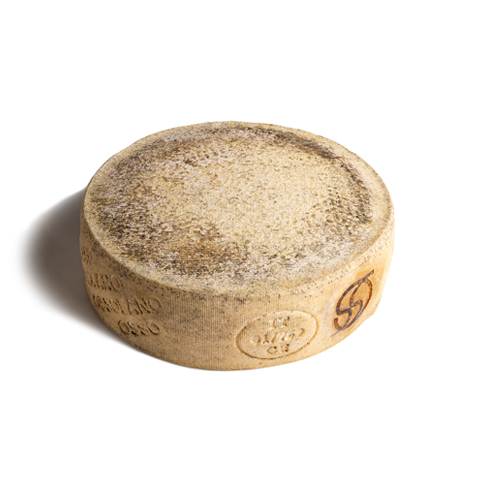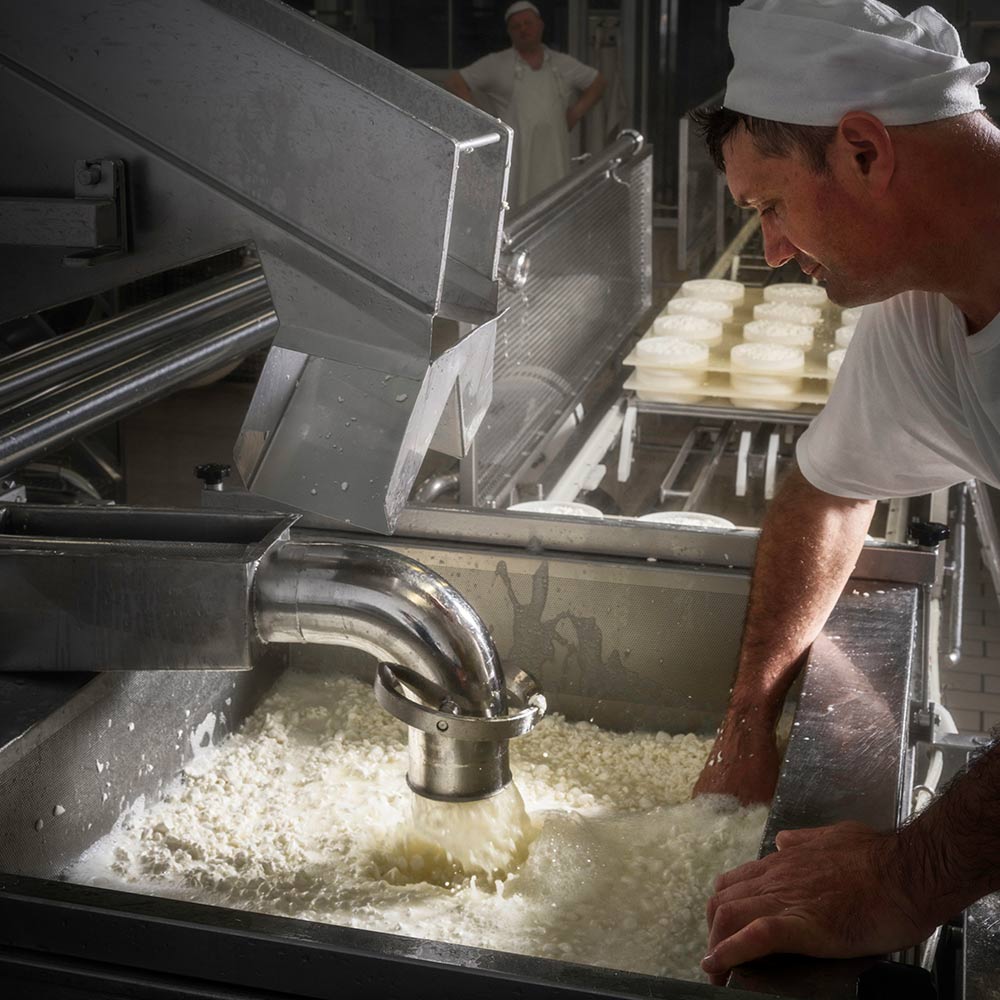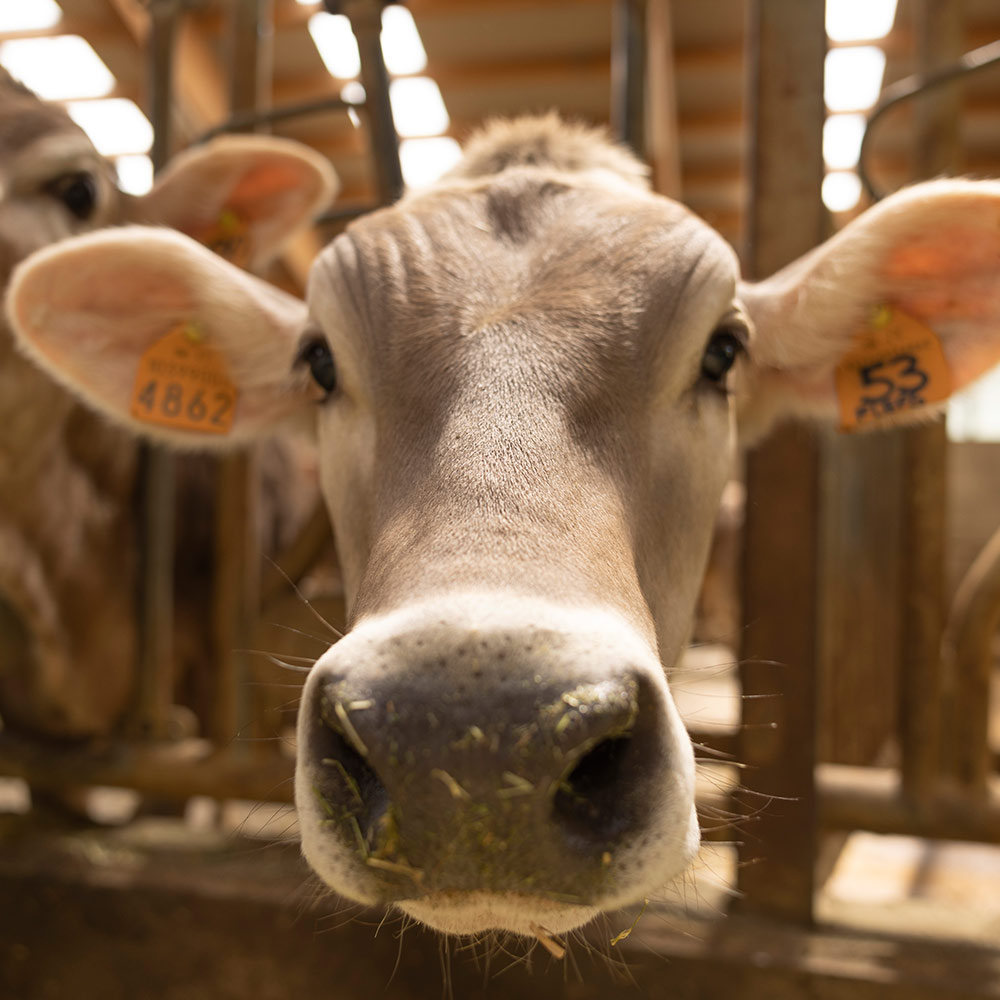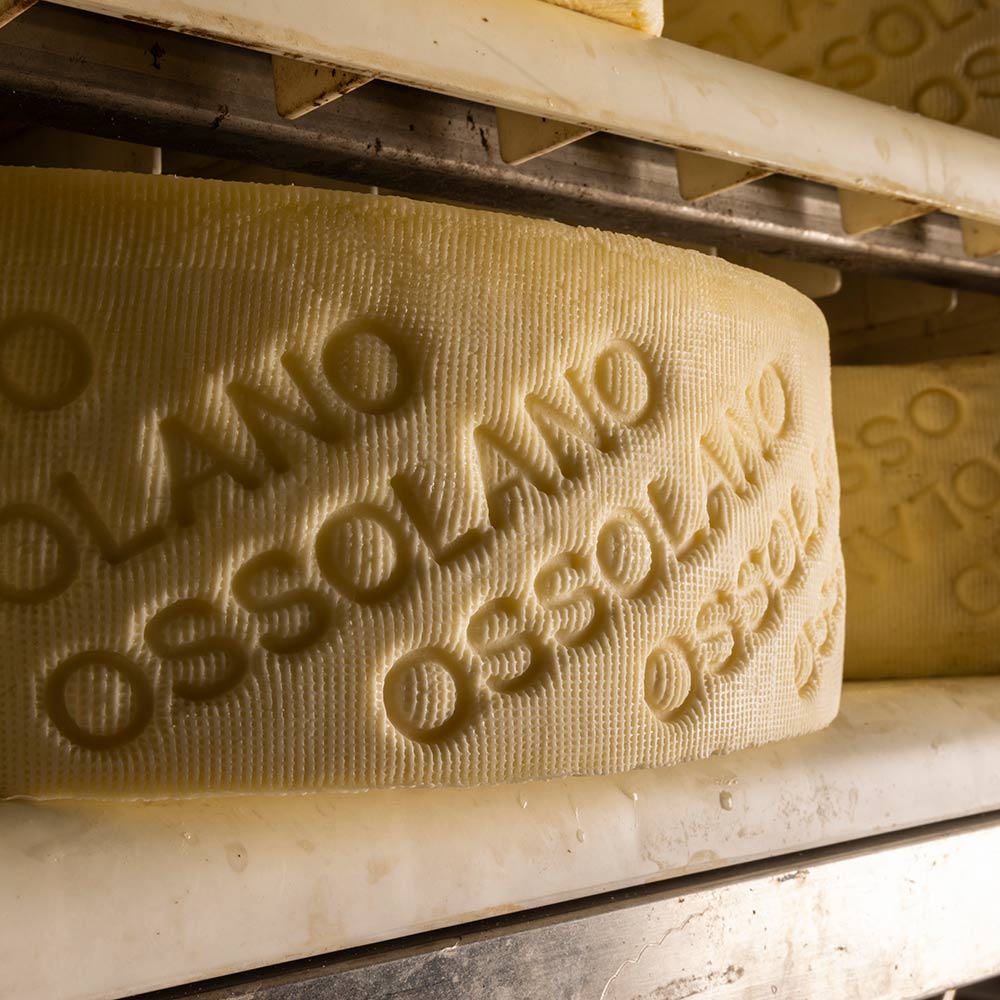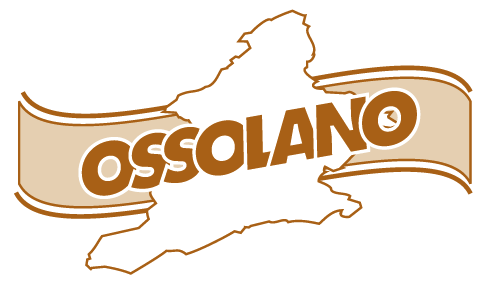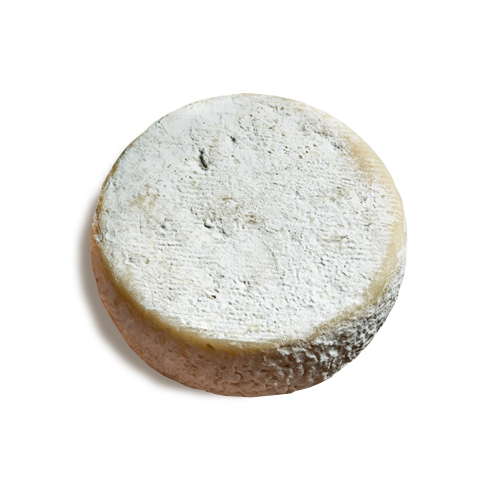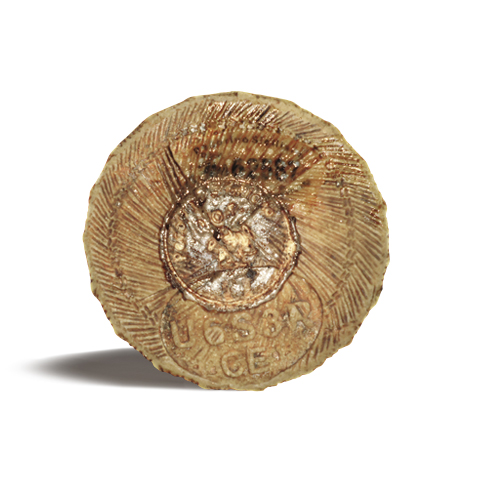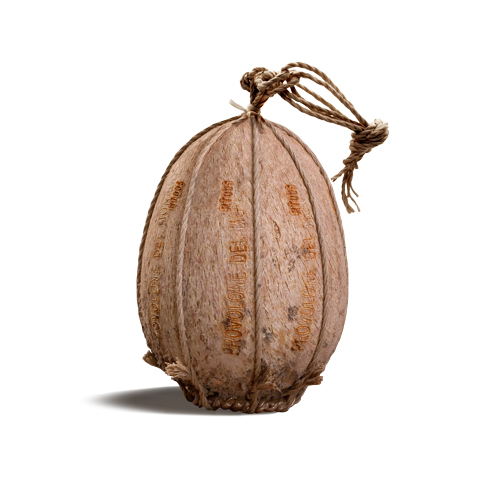Description
Ossolano PDO owes its origin to the migrations of the Walsers, a population originally from Switzerland, who settled in the Ossola area over the centuries. To cope with the particular climatic conditions of the area, the community of Swiss origin developed their own cheese-making technique, which included the incorporation of the semi-cooking phase, necessary to improve the draining of the whey.
The oldest documentary evidence of the name ‘Ossolano’ dates back to 1006, when the Bishop of Novara, Pietro, rented the buildings of the Pieve di San Vincenzo in Grimaldo in exchange for 100 pounds of Ossolano cheese. It is particularly suitable for eating as it is or as an ingredient in the preparation of dishes like the typical “gnocchi ossolani”, and other traditional recipes from the area of origin, such as fondue, black bread soup and “polenta concia”.
The local plants on which the cattle graze contribute significantly to giving Ossolano PDO its characteristic, harmonious and delicate aroma, which is linked to the seasonal variety of flora.
